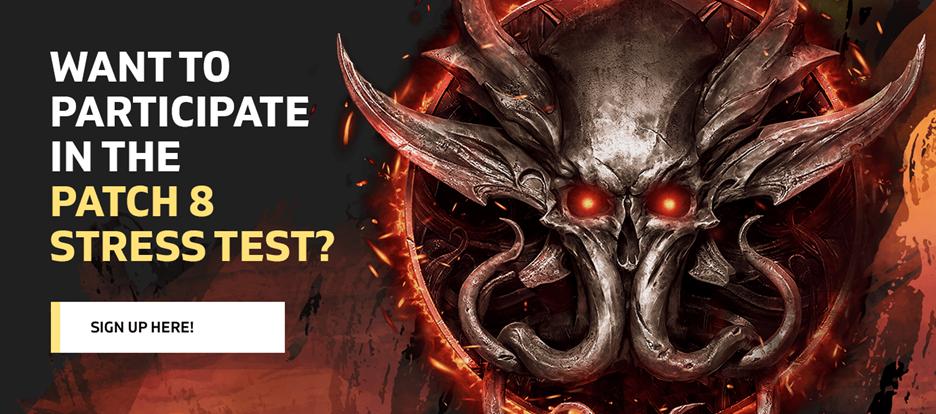
Section 31s Failure Shouldnt Stop Star Trek From Trying New Things
www.denofgeek.com
This article contains spoilers for Star Trek: Section 31.A quick scan of the internet finds that Den of Geek was hardly the only outlet to set phasers to kill on Star Trek: Section 31. Fans and critics alike have thoroughly rejected the movie, dismissing it as unfunny, unexciting, and largely derivative. It even ranks at the very bottom of our updated Star Trek movie ranking and its deserved.Unsurprisingly, there are plenty of people ion the internet saying that Section 31 isnt real Trek or, more directly, that the franchise needs to course correct by going back to the highs of The Original Series and The Next Generation.Its easy to see why Trekkies would long for the past. Ever since J.J. Abrams relaunched the film franchise with the 2009 film and Alex Kurtzman, that movies co-writer, took over as executive producer on the current TV shows, Star Trek has changed radically. The Abrams movies were slick, loud, and action-packed, a far cry from the meeting of strategic geniuses in Wrath of Khan, let alone the contemplative pace of The Motion Picture. Discovery put emotion over reason and focused on a single protagonist in Michael Burnham, while revival series Picard spent its first two seasons tearing down the legacy of TNG. Even more well-regarded shows, such as Lower Decks and Strange New Worlds, infuse a heavy dose of irreverence into familiar characters and settings.Given the mixed results of these outings, and all out failures like Section 31, the past sounds safe and comforting. But Star Trek is about going forward, even if it stumbles sometimes along the way.Changing From the FirstStar Trek first changed direction before most people realized there was any direction at all. NBC rejected the shows first pilot The Cage but still saw value in the concept, commissioning a second pilot, Where No Mas Has Gone Before. Although The Cage was retooled as the excellent season one two-parter The Menagerie, any Trekkie can tell you that The Cage was very different from the finished show, complete with a giggling Mr. Spock and a different captain at the helm of the Enterprise.Granted, its unusual for a studio to pay for a full second pilot, but most of Star Treks production process falls within the standard steps for making a TV show in the 1960s. However, the franchise has shown remarkable willingness to change over the years.Just look at how the franchise evolved while making the TOS movies. What started as the sequel series Star Trek Phase II became Star Trek: The Motion Picture. When TMP wasnt the success that Paramount expected, producers pushed creator Gene Roddenberry to the sidelines and brought on Nicholas Meyer to lead the development of a sequel. Meyer had never seen an episode of Star Trek and saw Starfleet as a Naval institution (something anathema to Roddenberry), but he created Wrath of Khan, considered by most to be the best Trek movie. Two sequels later, Leonard Nimoy minimized the franchises original stakes to make a character-driven comedy set in present day for Star Trek IV: The Voyage Home.The same is true of the TV series. The Next Generation not only introduced an all-new cast with no connections to the original, something unheard of in our legacy sequel-obsessed current day, but also eschewed the swashbuckling captain model set by Kirk for the more patrician Captain Picard. When the first two seasons proved too stale to maintain interest, TNG course-corrected when Michael Piller took over as head writer, abandoning Roddenberrys infamous restriction against interpersonal conflict on the Enterprise.Even after those changes, fans complained that TNGs beige sets and thoughtful captain betrayed the sense of adventure established by TOS. We all recognize Deep Space Nine as a classic now, but fans initially complained about the shows non-Starship setting, its exploration of religious themes in an enlightened future, and its darker tone. Even then, the series didnt hit its stride until it moved the mystery of the Prophets to the background and focused instead on the Dominion War, leading to serialized stories about topics such as PTSD, something impossible to imagine on TOS.As this short survey of favorites shows, Star Trek works best when it evolves. Of course, evolving is only part of the equation. It also has to be good and compelling, which is the real problem with Section 31 and other recent misfires.Join our mailing listGet the best of Den of Geek delivered right to your inbox!Learning From FailureSection 31 introduces a new alien race to Star Trek canon. Fuzz may look like a Vulcan, but hes in fact a Nanokin, a microscopic entity that gets around in a ship shaped like a Vulcan. Sure, that concept was already used in Men in Black and the Eddie Murphy movie Meet Dave, but the idea of an alien piloting a person seems particularly well-suited to the humanism at the center of Trek. Furthermore, Nanokins are bacteria-sized aliens, raising interesting questions about how vastly different species can interact and reach harmony.But Section 31 has no interest in any of those questions. Instead, it uses the person-as-ship concept for a few obvious plot twists and marital jokes torn straight from some Baby Boomers Facebook page. Worse, Fuzz is by far the most irritating character in Trek history. For some reason, actor Sven Ruygrok gives Fuzz a loud Irish accent, accentuating lines that are mostly him yelling at people for calling him small.Fuzz might be an extreme example, but he captures the problems with Section 31 and modern Trek. New approaches and new aliens keep the franchise alive. But they should be thoughtful additions.A more interesting example may be the flagship series of modern Trek, Star Trek: Discovery. The series had compelling ideas that arent inherently bad. For example, the shows take on Sarek is interesting and its worthwhile to get another look at he and Amanda Graysons approaches, beyond their treatment of Spock. Previous series have all used a more or less ensemble cast, but tons of sci-fi series have worked by focusing on a single protagonist like Michael Burnham. Finally, an emotion-heavy approach about characters discussing trauma not only matches Discovery to modern storytelling sensibilities, but also allows Trek to put more focus on emotion, something the franchise has too often downplayed in favor of logic.Sometimes, Discovery met those expectations. James Frain gave us a more compassionate Sarek, without sacrificing the nobility that Mark Lenard originally imbued into the character, while Mia Kirshner made Amanda into more of a character than weve ever seen before. Sonequa Martin-Green has more than enough talent and charisma to carry a show, but no actor could save scripts that constantly made Michael the one most important person in the entire galaxy. And while Discovery had some wonderful and passionate momentsthe romance between Stamets and Culber, the debate about Zora in season four, Michaels passionate appeal to religious believers in season fives Whistlespeak. But these were the rare exceptions to stories that usually suggested a good cry cured the deepest trauma.The problem here isnt the form, the theme, or even necessarily the characters. Its all about the execution, an execution that failed.Evolving and ImprovingTo be clear, change for the sake of change isnt necessarily a good thing. Its hard to imagine anyone preferring the generic action hero that Picard became in the TNG movies over the flawed, but high-minded diplomat of the show. But neither do failed changes mean that all change is bad.Star Treks greatest value has always been its deep optimism, its depiction of humanity that overcomes its shortcomings to achieve something great. But (give or take a Gary Seven) the series never suggests that humans become perfect. They make mistakes, get things wrong, need to change direction. But they do actually change direction, admit their mistakes, and keep moving forward toward new successes and failures.Modern Trek has gotten it wrong with Section 31, lots of Discovery, and elsewhere (we wont argue about Subspace Rhapsody here). But that doesnt mean all of its ideas are bad. For the franchise to remain a vital part of the pop culture landscape, it cannot keep playing it safe with well-worn characters, places, and themes. It has to keep trying new things, even if we all complain about it online for a while.Star Trek: Section 31 is now streaming on Paramount+.
0 Comentários
·0 Compartilhamentos
·46 Visualizações











